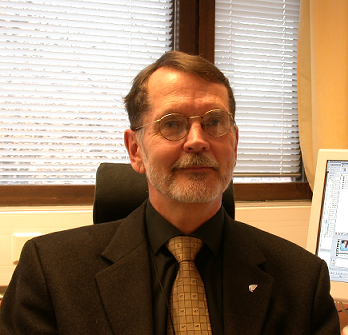Year: 2006 Pages: 16
One of the most interesting questions in modern physics is the possible relation of the Planck scale to our perceived world. The Planck energy (1022 MeV) is extremely large as compared to the rest energies of the elementary particles and the Planck length (10-35 m) is too short to be directly connected to any real world distances. Why the Planck scale is interesting is that it is absolute, as it is determined by the natural constants h, c, G and eo. Another reason is that the Planck scale may represent the ultimate "graininess", i.e. the basic structure, of the space-time and matter.
It is well known that nonlinear systems show universal behavior in the form of period doubling, which is the same as frequency and energy halving. If period doubling is applied to the Planck energy Eo= h/to, an absolute and unadjustable set of sublevels is borne. Spatial period doubling will correspondingly yield a set of increasing lengths. The rest energy of the electron-positron pair is given directly by a Planck energy sublevel, whereas the nucleon rest energies originate from a sum energy of two adjacent sublevels.
It is also shown that the value of the elementary electric charge squared, which is proportional to energy, results from the Planck charge squared by the same period doubling process.
It is further shown that the planets in the Solar system occupy orbits, the radii of which can be calculated from the Planck length by spatial period doubling. A spectrum of velocities can be calculated from the speed of light by the same process. These velocities fit the consequent orbital velocities of the planets and the quantized redshifts of galaxies, if redshift is interpreted as velocity.
A hypothesis is made that the invariant properties and structures of matter are related to periodic structures obtained by a period doubling process in three and four dimensional nonlinear systems.
PACS numbers: 04.20.Gz, 05.45.-a, 05.45.Mt


